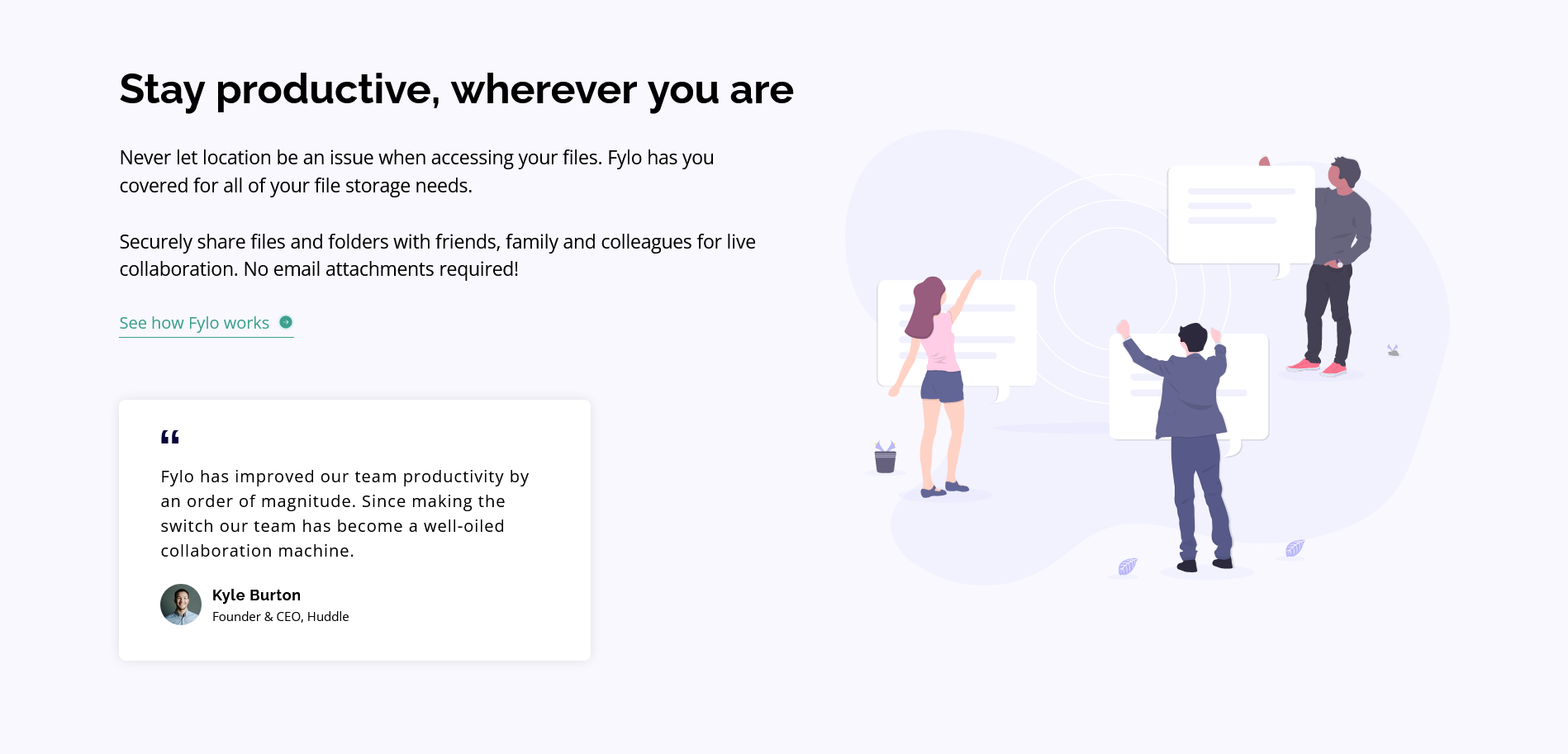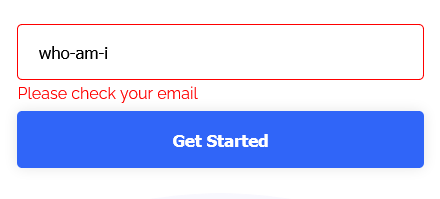This is a solution to the Fylo landing page with two column layout challenge on Frontend Mentor.
Users should be able to:
- View the optimal layout for the site depending on their device's screen size
- See hover states for all interactive elements on the page
- Solution URL: click here
- Live Site URL: click here
- JavaScript
- Webpack
- SASS
- Pug
How to make a component on the example of a custom form validation. You can select a form with an input field and configure the settings. A confirmation message will appear under the input.
import { CustomValidation } from "./modules/custom-validation.mjs";
const form = document.querySelector("form");
class customForm extends CustomValidation {
constructor(form) {
super(form);
this.text = "Submitted successfully!";
this.color = "white";
this.textError = "Please check your email";
this.colorError = "red";
}
}
let formValidation = new customForm(form);
formValidation.render();
I also learned how to set up the Webpack with Pug and Sass. Both the development with HMR and the clean production with fully compiled .css and .html files. I used separate Webpack configuration files:
webpack.common.js
webpack.prod.js
webpack.dev.js
webpack.common.js
const path = require("path");
const HtmlWebpackPugPlugin = require("html-webpack-pug-plugin");
const HtmlWebpackPlugin = require("html-webpack-plugin");
const MiniCssExtractPlugin = require("mini-css-extract-plugin");
module.exports = {
output: {
filename: "./bundle.js",
path: path.resolve(__dirname, "public"),
},
plugins: [
new MiniCssExtractPlugin({
filename: "./style.css",
chunkFilename: "[id].css",
}),
new HtmlWebpackPlugin({
template: "./src/index.pug",
inject: "body",
}),
new HtmlWebpackPugPlugin(),
],
module: {
rules: [
{
test: /\.pug$/,
use: ["pug-loader"],
},
{
test: /\.s[ac]ss$/i,
use: [
{
loader: MiniCssExtractPlugin.loader,
},
{
loader: "css-loader",
options: {
url: false,
},
},
{
loader: "sass-loader",
},
],
},
],
},
};
webpack.prod.js
const { merge } = require("webpack-merge");
const common = require("./webpack.common.js");
module.exports = merge(common, {
mode: "production",
entry: "./src/script.js",
});
For HMR to work with Pug during development, the .pug file must be included in the additional entry .js file (dev.js in my case).
dev.js
const index = require("./index.pug");
webpack.dev.js
const path = require("path");
const { merge } = require("webpack-merge");
const common = require("./webpack.common.js");
module.exports = merge(common, {
mode: "development",
entry: ["./src/script.js", "./src/dev.js"],
devServer: {
port: "8080",
static: path.resolve(__dirname, "public"),
hot: true,
},
});
Here is the plugins that I used:
"devDependencies": {
"css-loader": "^6.7.1",
"html-webpack-plugin": "^5.5.0",
"html-webpack-pug-plugin": "^4.0.0",
"mini-css-extract-plugin": "^2.6.0",
"pug": "^2.0.4",
"pug-loader": "^2.4.0",
"sass": "^1.50.1",
"sass-loader": "^12.6.0",
"webpack": "^5.72.0",
"webpack-cli": "^4.9.2",
"webpack-dev-server": "^4.8.1"
}I would like to speed up the pace of work by using frameworks like Vue.js.
It would also be nice to train the grid layout in the future.
- css-tricks.com flexbox guide
- MDN Web Docs has a lot of detailed info
- GitHub - Ivan F. Sokolov
Thanks to the youtube channel FlorinPop, I used this video guide for the challenge.

